On May 13, graduates, friends and family will stream into the University of Idaho’s Kibbie Dome for spring commencement.
The ceremony concludes another academic year — and frames this particular year in stark context. Commencement will come six months to the day after Ethan Chapin, Kaylee Goncalves, Xana Kernodle and Madison Mogen were found slain in an off-campus house.
The brutal stabbing deaths of the four U of I students thrust a remote and laid-back college town into a harsh global spotlight. Classmates mourned, and many frightened students fled the campus mid-semester. As police investigated the crime, administrators searched for ways to support students and sustain learning.
Nearly six months later, an academic year is ending, but the healing process is ongoing.
Fall 2022: Before and after Nov. 13
Before Nov. 13, the U of I was in the middle of a resurgent fall semester.
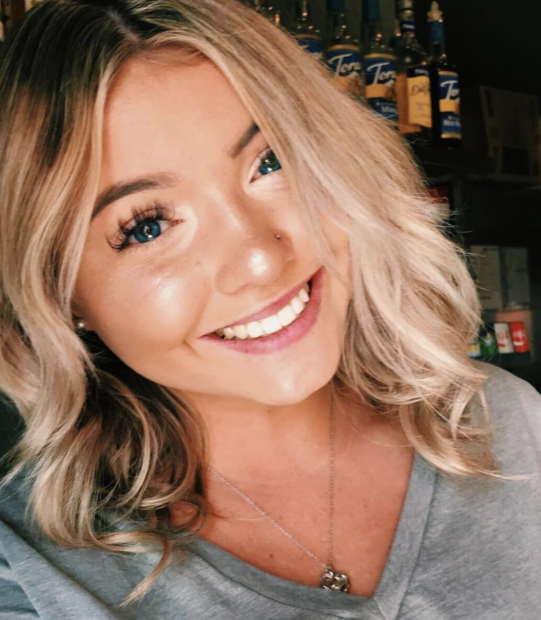
In August, 1,951 first-year students converged on campus. This largest freshman class in school history drove an overall 1.8% enrollment increase, bringing student numbers more or less in line with pre-pandemic levels.
The U of I secured $55 million from the U.S. Department of Agriculture to study climate-friendly farming and ranching practices — the largest grant in school history.
After several seasons of struggles, an emergent Vandal football team suddenly found itself contending for a spot in the Football Championship Subdivision playoffs. (The U of I ultimately secured a playoff berth, losing in the first round of the postseason.)
The early morning hours of Nov. 13, a Sunday, fell in the middle of what would have normally been a festive football weekend in Moscow. The news of the murders moved quickly, and overshadowed all things normal about school operations and campus life. It became the semester’s narrative, the community’s tragedy, the university’s crisis.
And it left Natalia Zieroth-Chaumont torn.
Zieroth-Chaumont knew Goncalves fairly well; they were formerly sisters in the same sorority. But Zieroth-Chaumont had to compartmentalize her personal feelings. As a residential advisor in a freshman dorm, she had to try to help a floor of first-year students process their own shock and sense of loss.
She stayed through the semester, but had no other choice. “There were a lot of girls that didn’t come back after Thanksgiving.”
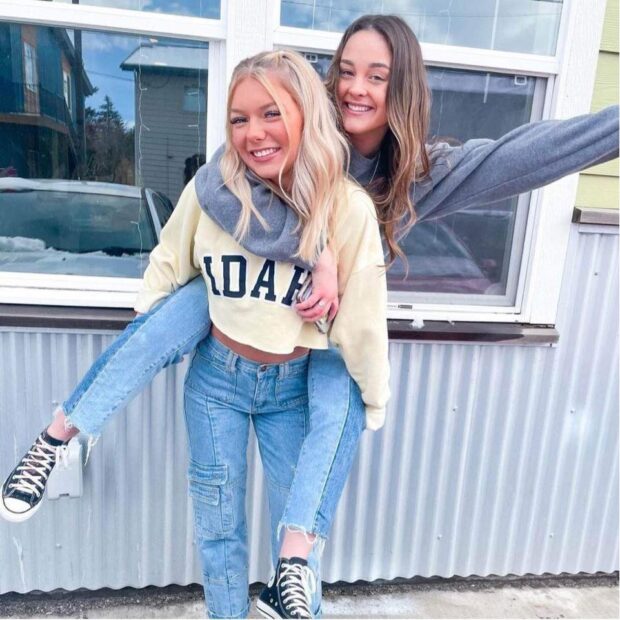
It’s unclear how many students left campus early, before the Thanksgiving break that began a week after the slayings. Nor is it clear how many students finished the fall semester at home, studying remotely, as the murder investigation began and public statements were sparse and sometimes contradictory.
Professors pivoted back to virtual instruction methods adopted during the pandemic. Lesson plans changed as well. In Tanner McClain’s literature class, the professor quickly scrubbed a dark segment on English tragedy, subbing the more lighthearted “Don Quixote” into the syllabus. The move symbolized the faculty’s response, said McClain, president of the Associated Students of the U of I.
“(They’ve) been nothing but understanding of this terrible experience,” McClain, of Middleton, said in an interview this week.
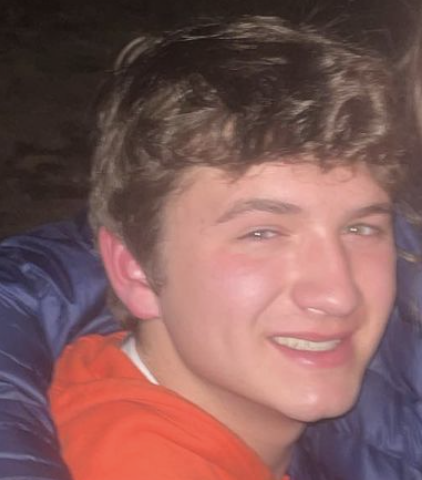
The students who did complete the semester on campus encountered a surge in security, including a presence of Idaho State Police troopers deployed from across the state. They also faced a gauntlet of local and national news crews. They balanced studies against grieving, as more than 1,000 people attended a Nov. 30 candlelight vigil at the Kibbie Dome — where the Vandal football team played its final home game of the season on Nov. 12, just hours before the murders.
A senseless crime scene had reshaped the U of I campus, as a global health crisis had reshaped it in the spring of 2020.
“I like to say that we’ve really had two COVIDs, in a way,” said Matty Murphy of Boise, a graduating senior in international studies and history.
Murphy and McClain were among several U of I students who spoke during a panel discussion at the State Board of Education’s April meeting in Moscow — reflecting on their college experience, but also on their turbulent 2022-23 school year.
They described an ongoing process, from fall through spring, of leaning on friends to make sense of what they were experiencing. “Talking it out with each other is really how we heal,” McClain told the board.
Jan. 11: The start of spring semester
Before spring semester began, the murder case took an abrupt turn. On Dec. 30, police arrested Bryan Kohberger, a Washington State University graduate student, at a family home in Pennsylvania’s Pocono mountain region.
The arrest came 47 days after the slayings — and just 12 days before the first spring classes.
“This is the news that we have been waiting for,” U of I President C. Scott Green said that afternoon, in his weekly Friday memo to students and staff.
Paul Gillespie, a sophomore, stayed through the end of fall semester and returned in January. While he credits Green and Moscow police for doing their best to communicate with the community, he also says the arrest changed the mood of the campus.
“Classes started off in a much better position,” he said in an email to Idaho Education News. “There is no doubt that the arrest greatly helped reassure people.”
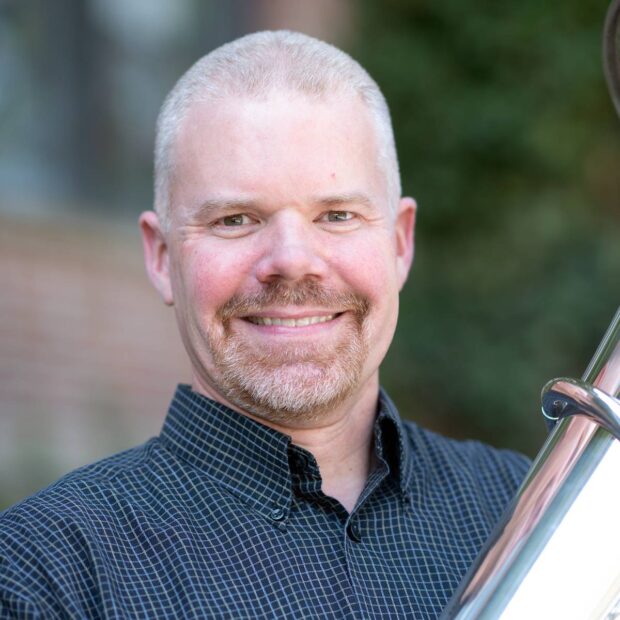
But as students returned, the news crews were already encamped in Moscow — chronicling the start of the semester, but also the first steps in the legal process.
On Jan. 12, as the second day of spring classes began on campus, Kohberger briefly appeared in the Latah County Courthouse. At the end of the hearing, Kohberger’s preliminary hearing was scheduled for June 26.
With that, the national crews began dispersing from Moscow, at least until summer. A midsemester court hearing, and the inevitable media coverage, would have been a “difficult distraction” for the U of I community, Provost Torrey Lawrence said. When the criminal case picks up again, most students will be off-campus for summer break.
“It’s kind a of a welcome pause in this (legal) process,” Lawrence said in an interview Wednesday.
Jan. 27: An emotional budget pitch
As students began easing back into campus routines, Green found himself in a familiar environment: the Statehouse. But here too, the events of Nov. 13 hung overhead.
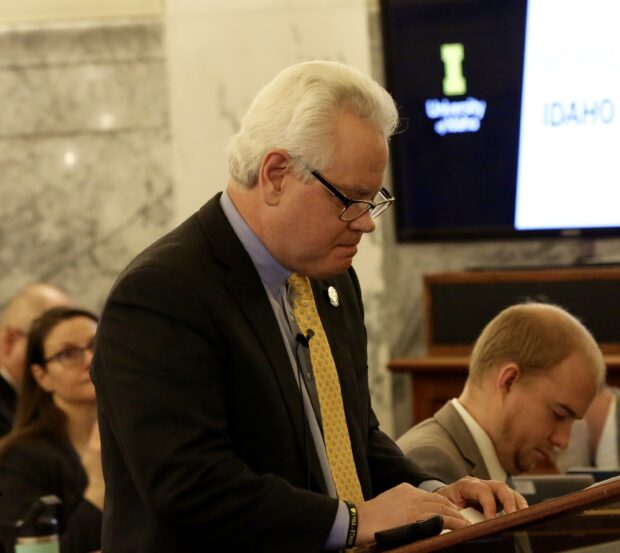
On Jan. 27, Green made his annual budget pitch to the Joint Finance-Appropriations Committee. For 30 minutes, he worked methodically through a PowerPoint and clicked through the U of I’s talking points, such as the enrollment surge and the $55 million U.S. Department of Agriculture research grant.
And then, for about a minute, emotions broke through. Fighting back tears, Green thanked the ISP troopers who converged on the campus after Nov. 13; “They were our heroes.” He also thanked Gov. Brad Little for requesting $1 million to help offset the U of I’s unexpected costs, such as the ISP patrols and expanded student counseling. He struggled to talk about the murder victims, the slayings, and the healing process within “our Vandal family.”
Moments later, Green apologized to lawmakers for his “moment.” He appeared visibly relieved as lawmakers launched into a question-and-answer session on other topics. And as Green deflected a pointed question on diversity, equity and inclusion programs, he appeared back in his public policy comfort zone.
By March, legislators approved the $1 million budget bill — over the objections of some conservative lawmakers, largely from North Idaho.
The university’s approach — and the student response
For the spring, the U of I deployed an “all-of-the-above” approach to student safety and welfare. Walk-in counseling at the Student Union Building. Self-defense classes. An enhanced on-campus security presence, even as most of the ISP troopers returned to their hometowns. She’s Birdies — small alarms designed to fit on a keychain — distributed on Greek row and in the dorms.
State dollars covered much of the response. Alumni donations covered the She’s Birdies. It was a conscious, cumulative effort to act quickly.
“I think it was kind of the sum total that added up, to help students feel better,” Lawrence said.
The added security made a difference, Zieroth-Chaumont said. Even with a suspect in custody, the murders left students rethinking their risks.
“Even super safe places still have their dangers,” she said in an interview last week. “It definitely opened people’s eyes to real life.”
The beginning of spring semester felt a little on edge, Gillespie said, but a sense of normalcy has returned.
“The campus definitely feels just as safe as it did before the murders,” he said. “In fact, I see people walking and jogging at night on campus again and the atmosphere of worry and concern is gone. I remember how empty the campus felt near the end of the fall semester, while now it feels bright and full of life again.”

And while students might have been on added alert this spring, they also stayed in school. The fall’s enrollment surge held into spring — which was, given the circumstances, “pretty amazing,” Lawrence said.
All told, the U of I’s spring enrollment came in at 9,375, up 2.1% from the previous spring.
Still, returning is one thing. Returning to pre-Nov. 13 life is another, more elusive matter, Natalie Suaste of Jerome told State Board members in April.
“I just feel like everybody’s healing at different times, in different ways,” said Suaste, a psychology and philosophy major and a director of diversity and inclusion for the Associated Students of the U of I. “There’s no going back to normal.”
May 13: Commencement, closure, remembrance
Zieroth-Chaumont will be among the seniors walking in May 13’s commencement ceremony. Her academic career isn’t over. A student in the U of I’s PGA program, which prepares graduates to work as golf professionals, she will leave Moscow in May for a seven-month internship at the Philadelphia Cricket Club, the nation’s oldest country club.
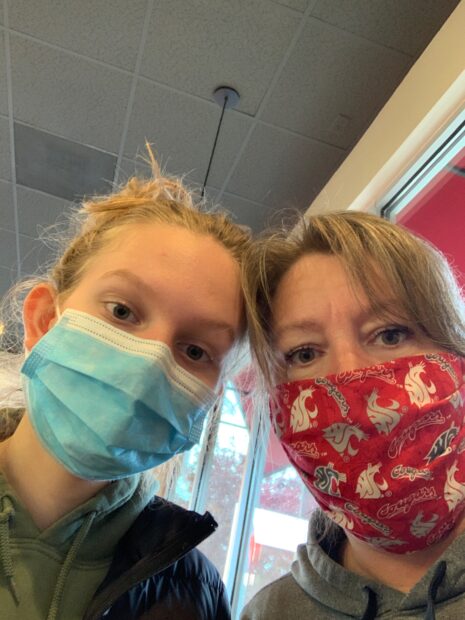
Spring semester, she said, has provided a chance to enjoy her final months on campus, and wrap up a college experience interrupted by the pandemic. And she credits the U of I administration for helping the community regroup after the murders: “I don’t think they could have done it any better.”
At commencement, the U of I will also honor the murder victims.
Goncalves and Mogen, who were seniors, will be awarded degrees posthumously. The U of I will award certificates posthumously to Kernodle, who was a junior, and Chapin, who was a freshman.
Lawrence acknowledges that the U of I is looking for a difficult balance — honoring all the graduates who have completed their education, while paying tribute to the victims.
“That’ll re-stir some of the emotions around this,” he said, “but we feel it is the right thing to do.”
Aug. 21: The first day of fall semester, 2023
A new academic year is never that far away.
In less than four months, the U of I will resume fall classes for returning students — and open its doors to the next freshman class.
The early signs are promising, Lawrence said. So far, applications and admissions are ahead of pace from 2022. The next few months will determine whether acceptance letters translate into another record freshman class.
The next few months will be busy on other fronts.
- The U of I is planning a healing garden and memorial on campus — intended to honor the four murder victims, and provide a place to reflect on any student who passes away. “We don’t really have a central place on campus for that,” Lawrence said. The design is still in the works, and will be student-driven. No location has been set. The U of I has received more than $200,000 for the memorial, but fundraising will step up after the design work is completed.
- The U of I will demolish the off-campus house where the students were murdered, after the owner donated the property. The university is weighing options for the site.
- Campus security will get another look — to decide what protocols to use in the future. The U of I happened to be in the midst of a routine review of its safety protocols before Nov. 13. That process was immediately put on hold, Lawrence said, as the university tried to respond swiftly to the crisis at hand.
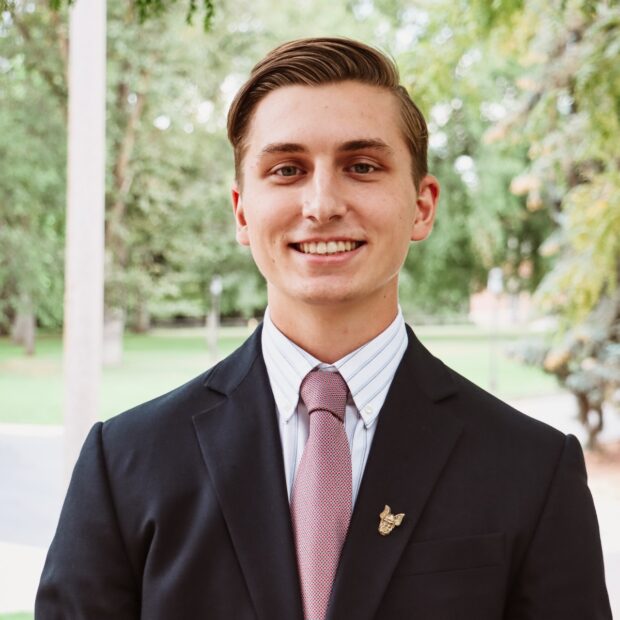
McClain will be among the returning students as he continues to pursue a double major in political science and philosophy. He will also be returning for a second year as ASUI president.
McClain praises U of I administration — particularly Green, a U of I alum who returned to head his alma mater in 2019 — and says the university handled the tragedy well and were “very open” to listening to student leaders. Hopeful for next year, McClain now wants to get back to the goal that made him run for president in the first place: restoring campus events, in the aftermath of COVID.
He’s hoping for new gathering places for a new school year. “(We) want to make the campus lively once more.”
Each week, Kevin Richert writes an analysis on education policy and education politics. Look for it every Thursday.
